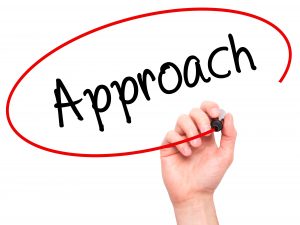Ataxia is uncoordinated movement which occurs as a result of damage to the parts of the brain that receive and interpret sensory information and/or damage to the parts of the brain that co-ordinate how groups of muscle work together to produce movement. Ataxia can affect the timing and/or the distance of a planned movement, so that a movement may be too fast or too slow and/or may fall short of or over reach its target. Movements may appear as a tremor or jerky. The speed and direction of movements can be affected. Ataxia may be misunderstood e.g. the person may erroneously be thought to be under the influence of alcohol.
Anything which increases tone may exacerbate the presentation of ataxia e.g. pain and anxiety.
How to Help:
 It may be helpful to provide the person with appropriate assistance and sufficient time to move e.g. guiding an arm into a sleeve whilst still supporting them to perform the movement themselves is helpful.
It may be helpful to provide the person with appropriate assistance and sufficient time to move e.g. guiding an arm into a sleeve whilst still supporting them to perform the movement themselves is helpful.
If the person is unable to control the speed and distance of their movements they may unintentionally make contact with those helping them. Therefore it is helpful to allow for additional space in which they can move. Having awareness of their movement difficulties may raise the person’s levels of anxiety which may further increase the ataxia. Therefore, when assisting the person (e.g. when requesting them to move an arm or a leg), give them space to move, support as necessary, do not misinterpret accidental physical contact as aggressive or uncooperative behaviour and give reassurance.